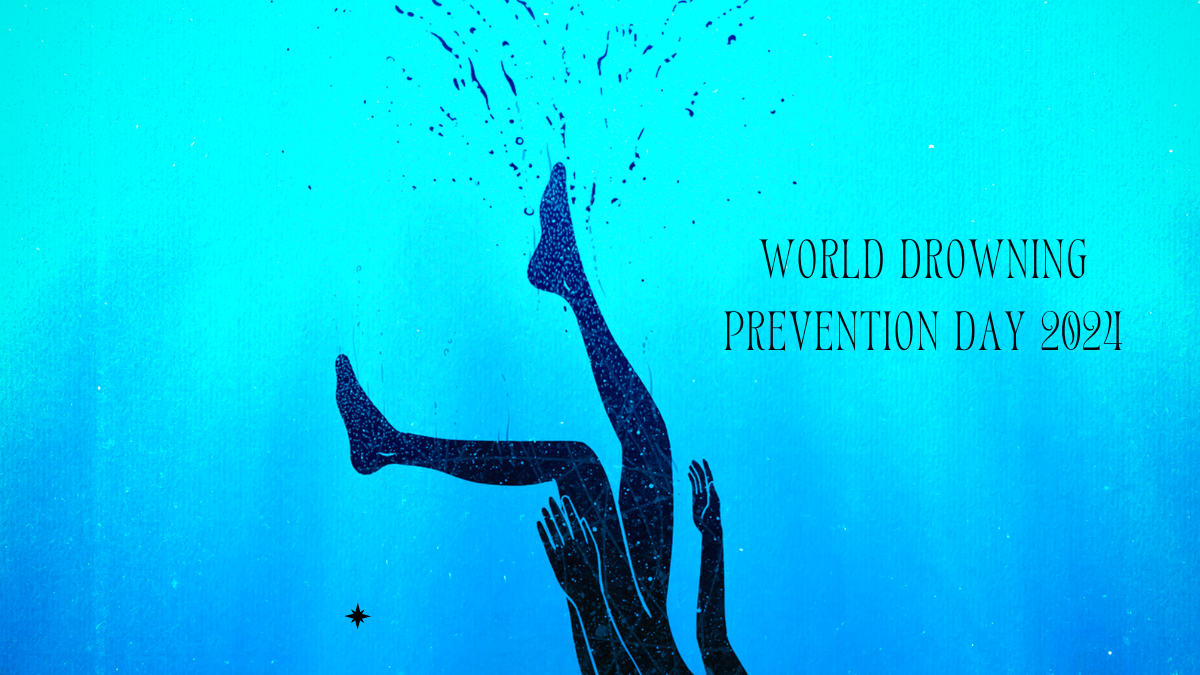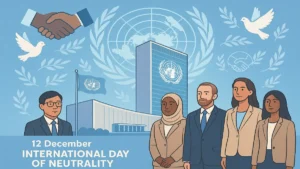On July 25, 2024, we join the global community in observing World Drowning Prevention Day, a crucial initiative dedicated to raising awareness and accelerating action on global drowning prevention. This observance gains additional significance in light of the World Health Assembly Resolution WHA76.18, passed in 2023, which underscores the urgent need for coordinated multi-sectoral action to combat drowning—a leading cause of injury-related death and disability worldwide.
Theme and Slogan
Overarching Theme: “Anyone can drown, no one should”
This powerful theme serves as a reminder of the universal vulnerability to drowning and the imperative to prevent such tragedies.
WHO Slogan: “Seconds can save a life”
The World Health Organization (WHO) has chosen this slogan to highlight the dual nature of drowning:
- The rapidity with which drowning can occur—often in a matter of seconds.
- The life-saving potential of brief, preventive actions.
These actions could include:
- Wearing a lifejacket
- Maintaining vigilant supervision over children near water
- Checking weather forecasts before boating
- Choosing safety over distraction
The Silent Epidemic
Drowning is often described as a sudden and silent killer, catching victims and bystanders unaware until it’s too late. This underscores the critical importance of prevention, as a few seconds may not suffice for an effective response once drowning begins.
Global Statistics
- An estimated 236,000 lives are lost to drowning annually
- This translates to an average of 650 deaths per day, or 26 every hour
- These figures exclude drownings related to flood disasters and water transport incidents, suggesting an underreporting of the true magnitude
Regional Focus: South-East Asia
The South-East Asia Region faces particularly devastating consequences from drowning:
- In 2019, drowning claimed 70,034 lives in the region
- This makes it the second-highest contributor to drowning deaths worldwide, after the Western Pacific Region
Contributing Factors
Most drowning tragedies in this region occur near homes, primarily due to:
- Lack of supervision
- Exposure to hazardous water bodies
- Insufficient awareness and education
- Poverty
Upcoming Global Status Report on Drowning
WHO is finalizing a comprehensive Global Status Report on Drowning, scheduled for release by the end of 2024. This report will:
- Provide updated information on the global burden of drowning
- Generate key recommendations for impactful actions at global, regional, and national levels
Solutions and Prevention Measures
It’s crucial to remember that effective solutions exist. WHO has outlined evidence-based, cost-effective, and scalable measures to prevent drowning, along with detailed implementation guidance. While the application of these measures may vary by context, the global drowning prevention community must remain vigilant and coherent in its efforts.
Call to Action
Everyone has a role to play in preventing drowning. We can make a difference by:
- Raising awareness
- Promoting knowledge of effective solutions
- Collaborating on prevention plans and policies with local or national governments
- Volunteering with relevant organizations
- Ensuring personal and family safety around water
World Drowning Prevention Day Activities
On this World Drowning Prevention Day, we encourage you to:
- Commit to taking that one crucial moment to act for drowning prevention
- Share WHO campaign material on drowning prevention across your networks
- Participate in national, regional, and global events, such as the upcoming WHO Global World Drowning Prevention Day Webinar




 National Energy Conservation Day 2025: M...
National Energy Conservation Day 2025: M...
 International Day Against Colonialism in...
International Day Against Colonialism in...
 International Day of Neutrality (12 Dece...
International Day of Neutrality (12 Dece...







